| Features
All-season tires aren't really for all seasons. Those tires work for most drives, but as soon as the temperature nears freezing, the advantages of having winter tires make the additional cost and effort worth it. At a recent winter tire test event sponsored by Tire Rack, it became evident to this tire novice just how big the gap is between all-season and winter tires when freezing temperatures come into play.
Having the chance to test-drive all-season tires and winter tires on slippery and icy surfaces back to back gave me a lot of perspective on the advantages of winter tires and why they're worth it. The test mules were a pair of new Toyota RAV4 XLE AWD models fitted with a set of name-brand all-season tires and a set of name-brand winter tires.
AWD is key here; many drivers believe that having a vehicle equipped with AWD is sufficient to deal with snow, slush, and ice. But I would soon find out that even an AWD vehicle equipped with all-season tires would quickly reach its limits when put in a dynamic situation in inclement winter weather. Testing consisted of driving on ice and performing three different, seemingly innocuous tasks: accelerating over a 60-foot span, braking to a halt from 12 mph, and navigating a corner at 11 mph.
The results of the 60-foot acceleration portion were similar, since the AWD system did much of the hard work, with times coming in at 3.7 seconds for the all-season tire versus 3.1 seconds for the winter tire. Driving impressions between the two small SUVs varied, though, with lots of wheelspin off the line on the all-season tires, whereas the winter tires seemed to pick up speed quicker.
But it was the braking portion where the winter tires really outperformed the all-seasons. Braking from 12 mph down to a complete stop resulted in lots of ABS modulation for the vehicle equipped with all-season tires—with a stopping distance of 57 feet. The winter tire provided more grip, which allowed the ABS to do its job, stopping the RAV4 in just 34 feet. Given that it took an extra 1.5 car lengths to stop from just 12 mph, just think of the extrapolated stopping distances at boulevard or highway speeds. What's more, stopping the RAV4 shod with all-season tires felt violent as the ABS engaged more often, compared to the winter-tire car ,which was more composed under full brake.
Braking from 12 mph down to a complete stop resulted in lots of ABS modulation for the vehicle equipped with all-season tires—with a stopping distance of 57 feet. The winter tire provided more grip, which allowed the ABS to do its job, stopping the RAV4 in just 34 feet. Given that it took an extra 1.5 car lengths to stop from just 12 mph, just think of the extrapolated stopping distances at boulevard or highway speeds. What's more, stopping the RAV4 shod with all-season tires felt violent as the ABS engaged more often, compared to the winter-tire car ,which was more composed under full brake.
The cornering test consisted of a 90-degree turn at a steady 11 mph. The winter-tire-equipped vehicle made the turn without losing traction. The car with the all-season tires lost traction and wanted to plow straight ahead—even after the stability control system kicked in and tried unsuccessfully to change the course. It was alarming to note the immediate loss of traction at such a slow cornering speed; the all-season tire simply gave up without much effort.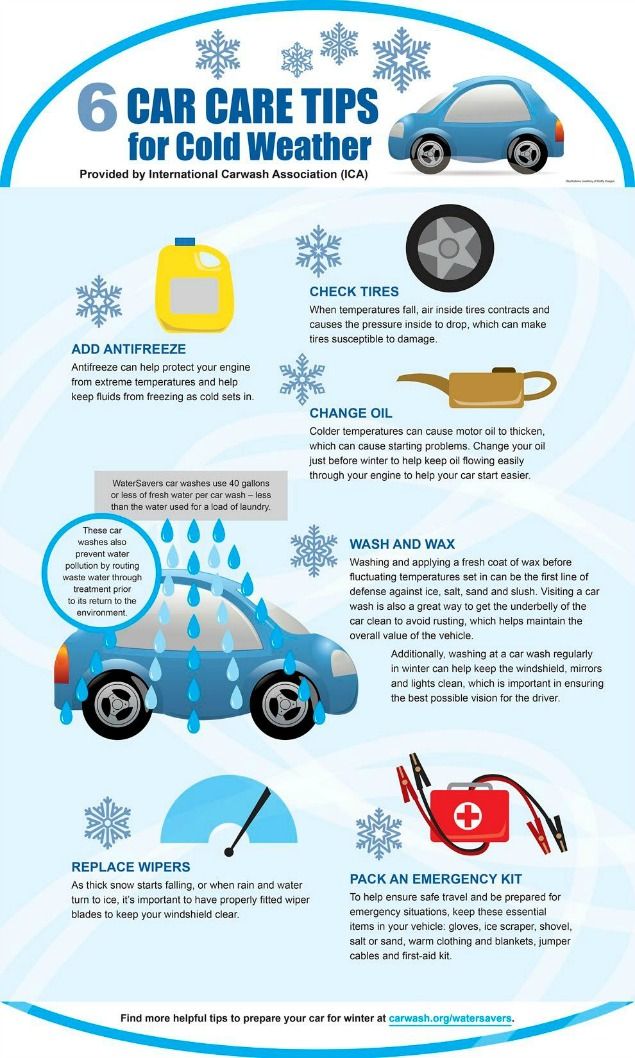
Winter tire technology has made huge strides over the past few decades. Some of the first snow tires had ridges that acted like paddles clawing through the snow. Fast-forward, and winter tire technology has advanced in in three key areas:
 Winter tires have compounds that can withstand freezing temperatures and keep the rubber flexible, which is necessary to grip the road. I experienced this when I felt pieces of all-season and winter tires that had been stored in an ice chest. Handling each specimen, it was evident that the winter compound retained its flexible properties in below-freezing temperatures.
Winter tires have compounds that can withstand freezing temperatures and keep the rubber flexible, which is necessary to grip the road. I experienced this when I felt pieces of all-season and winter tires that had been stored in an ice chest. Handling each specimen, it was evident that the winter compound retained its flexible properties in below-freezing temperatures. Sure, the upfront costs of another set of tires (even when mounted on steel wheels) will set you back a few hundred dollars. But let's look at some of the other factors at play that make winter tires worth consideration.
One factor is the cost of an insurance deductible compared to buying an additional set of winter tires. If your insurance deductible is $500 and you get into an accident that could have been avoided by upgrading to winter tires, then the extra cost of another set of tires has been nullified.
Owning a second set of tires also lengthens life of your all-season tires, as you'll be putting miles on the winter tires instead, as well as avoiding the added wear and tear of driving all-seasons under conditions that aren't optimal for their use case.
Then there's the matter of your own personal safety as the result of an accident that could have been avoided.
One pair of winter tires and one pair of all-season tires used together on the same vehicle is a bad idea. Sure, it costs half as much, but you only get half the control. Consider that front-wheel-drive cars still rely on the rear wheels to keep the vehicle balanced when weight shifts during a turn. Two winter tires on the front and two all-season tires on the back can result in snap oversteer, better known as an uncontrolled spinout. On the other hand, if the car is rear-wheel drive, having a pair of all-seasons on just the front wheels will result in massive understeer.
Testing identical vehicles equipped with winter tires and all-season tires back to back showcases the vast differences between the two when temperatures drop. All-season tires can handle a variety of driving conditions, which is why cars are equipped with this type of tire from the factory. But once temperatures approach and go past freezing, accompanied by snow and ice, all-season tires lose their capabilities—regardless of whether you have all-wheel drive. Winter tires are not just for those who live in northern climates or at a high elevation; if you live somewhere that gets snow, a set of winter tires is worth the cost.
 They'll give you better traction, more stability in turns and better stopping power.
They'll give you better traction, more stability in turns and better stopping power.If you wonder whether your “all-season” tires perform just as well in snow as the best snow tires, we have the answer. They don’t, and it’s really not even close. Most snow tires, or “winter tires” as they are sometimes known, outperform all-season tires in snow, rain and even on ice. Here is a look at the benefits of snow tires, the technology that makes them work, and some of the pros and cons of putting them on your vehicle.
Silvio Verrecchia / EyeEm
On This Page
Thanks to a couple of advances in tire technology, winter tires perform much better than the traditional “snow” tires you may remember (if you’re old enough). They work better in snow, ice, slush and mud and on cold, dry pavement. The rubber compounds are entirely new. Most manufacturers now use rubber compounds that include silica, and some spruce up the formula even formula with traction bits and hollow “cells” that squeegee and suction water off the road.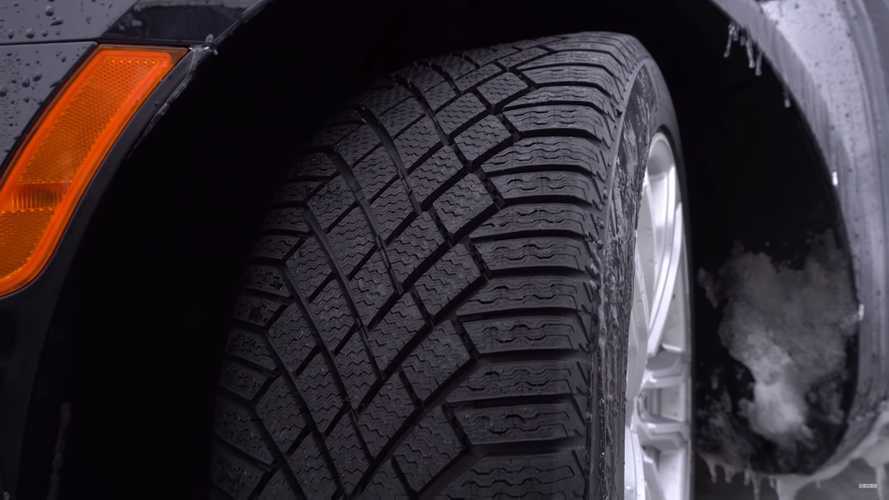 Tread designs are also far more aggressive to provide better acceleration and shorter stopping distances. Winter tires have more sipes (cuts in the tread) than all-season tires so that they can squeegee more water off the road. Saw-tooth sipes provide more surface area and cut into snow and slush better than straight sipes. The “micro pump” holes in the tread act like plungers to suck water off the road and then spit it out as the tire rolls.
Tread designs are also far more aggressive to provide better acceleration and shorter stopping distances. Winter tires have more sipes (cuts in the tread) than all-season tires so that they can squeegee more water off the road. Saw-tooth sipes provide more surface area and cut into snow and slush better than straight sipes. The “micro pump” holes in the tread act like plungers to suck water off the road and then spit it out as the tire rolls.
All-season rubber compounds literally skate on ice. But winter tires are made with softer rubber compounds and added silica to give them more flexibility and grip on ice. And the special tread removes more water from the ice. The test results show that winter tires outperform all-season tires on ice, too.
Tirerack.com used an indoor ice rink and timed the acceleration from a dead stop and measured stopping distances from 10 mph (Figure B). Winter tires accelerated faster. When taking a 90-degree turn at 10 mph, the car with winter tires stayed within the marked driving lane, while the car with all-season tires skidded out. That kind of cornering performance can mean the difference between avoiding an accident and causing one.
That kind of cornering performance can mean the difference between avoiding an accident and causing one.
digi_guru/Getty Images
A set of four winter tires costs $600 or more, depending on your wheel size. If you have the tires mounted on your existing wheels, you’ll have to pay a shop to swap them each spring and fall. Most shops charge about $18 apiece to demount your all-season tires, mount the winter tires, balance and install them. However, if you buy an extra set of wheels and tire pressure sensors ($480 per set), you’ll save at least $50 on each changeover. Don’t think you can skip the tire pressure sensors—the shop can’t legally install wheels without tire pressure sensors if your vehicle was already equipped with them.
Sure, winter tires cost a lot. But keep in mind that you’re getting a lot for your money. When you factor in the better stopping distance and handling in turns, it’s easy to see how winter tires could prevent an “at-fault” accident. If your collision deductible is in the $500 to $1,000 range, winter tires could actually pay for themselves in a single season if they keep you out of an accident.
If your collision deductible is in the $500 to $1,000 range, winter tires could actually pay for themselves in a single season if they keep you out of an accident.
Here’s another way to analyze the costs. Winter tires last about five years or 35,000 miles. Those are miles you won’t be putting on your all-season tires. So if buy a full set of new wheels, the true cost of winter tires comes out to about $150 per year for the first five years. Then if you buy a second set for those same wheels, the cost drops to just $65 per year. It’s worth the relatively small annual cost involved to get the extra stopping power and better handling that can help you avoid an accident.
Tire manufacturers make multiple winter tire models for specific winter conditions. So get expert advice from your local tire dealer to match the tire to your vehicle, your climate and your driving habits.
Mounting winter tires on the second set of wheels saves money over swapping tires on a single set of wheels.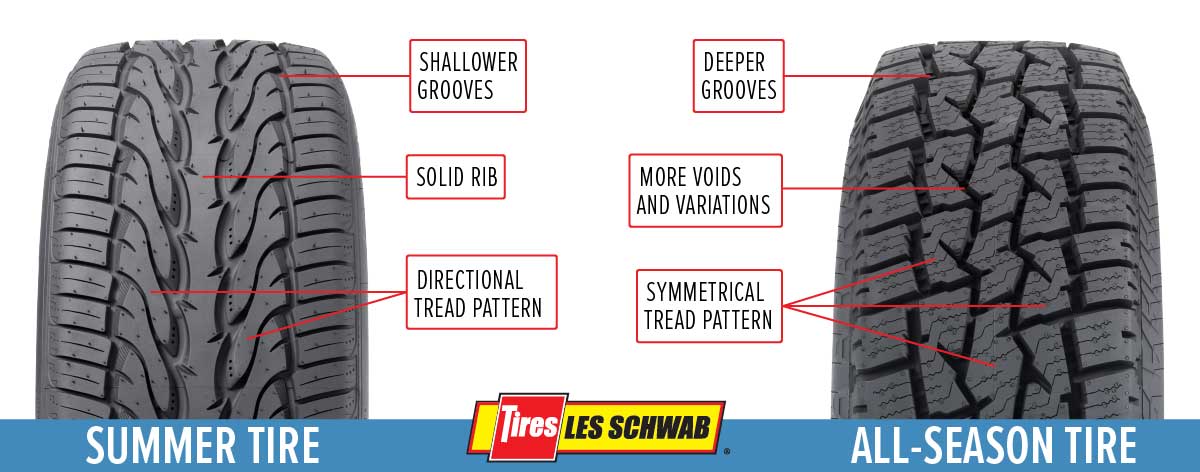 But you can save even more if you negotiate a package deal with the tire shop. Get a price for the tires, wheels, sensors and free seasonal mounting. If your shop offers a “Tire Hotel” service to store your off-season tires, ask them to throw that into the package as well. That way you won’t have to haul the off-season tires back and forth or store them in your garage.
But you can save even more if you negotiate a package deal with the tire shop. Get a price for the tires, wheels, sensors and free seasonal mounting. If your shop offers a “Tire Hotel” service to store your off-season tires, ask them to throw that into the package as well. That way you won’t have to haul the off-season tires back and forth or store them in your garage.
Up next, check out if snow chains are worth it for the Winter season and learn more about the ideal tire pressure in Winter.
So the winter period has come in most of Russia, which has brought and brings every year on the roads of our country an increase in accidents and a decrease in the average speed of vehicles. To our regret, not all motorists change summer tires to winter tires in time with the onset of winter. Moreover, many of them are well aware that by such inaction, they, ignoring the rules of the road, deliberately violate Russian law, endangering not only their own safety, but also the safety of other road users.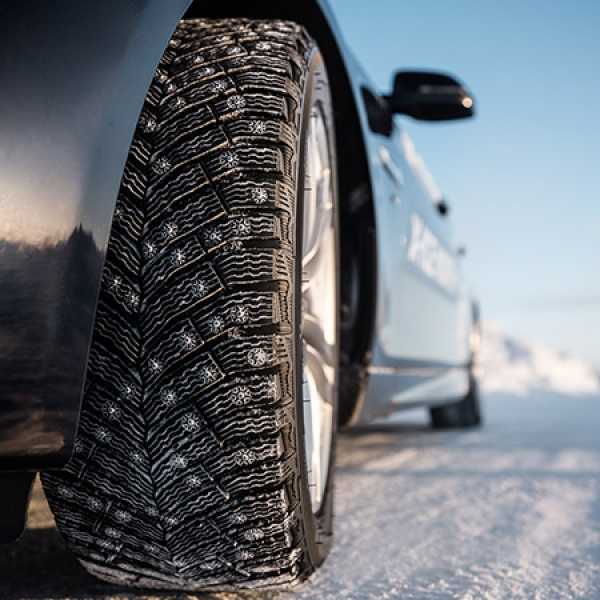 Such unfortunate motorists are in no hurry to change their cars and believe that in winter you can easily and safely use the same summer tires. nine0005
Such unfortunate motorists are in no hurry to change their cars and believe that in winter you can easily and safely use the same summer tires. nine0005
In our today's material, we will not once again scare all those drivers who do not change and have not yet changed summer tires to winter ones. On this occasion, our thematic resource currently has enough similar materials. And there is a lot of such information on replacing seasonal tires on the Internet itself.
Today, dear readers, we will try to tell you and explain how summer tires differ from winter tires and naturally, from a scientific point of view, we will try to tell you in detail about the main aspect of this problem, namely, what happens at the molecular level with summer tires when frost and vice versa, which can happen with winter tires at high positive positive temperatures. nine0005
We hope that our story will not seem too boring and intricate to you. For our part, we also believe that this editorial material will help convince many motorists and force them to finally stop using summer tires in the winter.
Many of our motorists assume that summer tires basically differ from winter tires only in the tread. This is partly true, but not entirely. After all, the tire tread plays an important role in gripping the road and just at different times of the year. nine0005
But you also need to know that the tread itself is not the main difference between summer and winter tires. What is most important for tires is in what temperature range they retain their effectiveness and their technical characteristics. After all, probably many of you know that summer tires usually become very stiff at low temperatures. But why is this happening, which of you gentlemen can answer ..?
Yes, many motorists know that all this is due to the different filling composition of rubber used in summer and winter tires. But few of you know what process actually takes place in summer tires in the cold, and even more so, few people understand what chemical process takes place in winter tires when the positive temperature rises. nine0005
nine0005
We will try to explain this to you now.
To begin with, we advise you to watch the video clip of a foreign video blogger, who, in a traditional manner for himself, decided to scientifically explain and show the existing difference between summer and winter tires to his subscribers:
do not know English.
Winter tires, unlike summer tires, do not lose their flexibility in cold weather, and due to the special chemical composition contained in rubber, they allow maintaining high grip on the road. Summer tires act differently, they provide optimal grip only at high temperatures. The point here is the following. At high temperatures, the rubber compound of summer tires becomes more sticky and viscous.
There are, as you know, all season tires. This is something between summer and winter tires, which also provide optimal grip on the road surface in a certain range of positive and negative temperatures.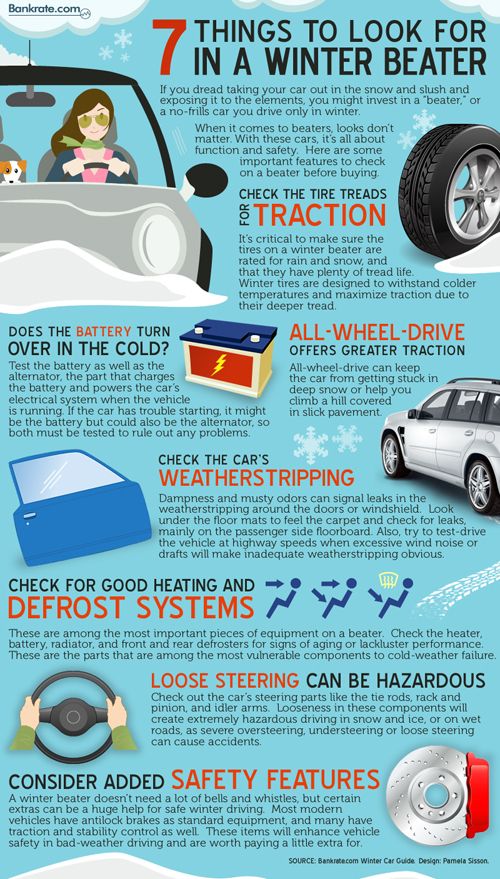 But unfortunately, there is nothing perfect in the world today. Therefore, the so-called all-season tires cannot provide the car with the maximum grip on the road at high positive plus and at too low sub-zero temperatures. nine0005
But unfortunately, there is nothing perfect in the world today. Therefore, the so-called all-season tires cannot provide the car with the maximum grip on the road at high positive plus and at too low sub-zero temperatures. nine0005
We all probably know that car tires were created on the basis of rubber. This is how it is even now in our time. The rubber itself is an amphora polymer, which, depending on the temperature, can be in three states, namely:
For example, at a temperature of -70 -72 degrees rubber passes from an amorphous state to a crystalline state (crystallization occurs). True, this process itself does not occur instantly, but gradually. At such a low temperature, rubber completely loses its plasticity and passes (the so-called phase transition) into a glassy mass.
The fluidity of natural rubber begins to occur at a temperature of plus 180 - 200 degrees . Thus, the higher the ambient temperature, the softer and more ductile the rubber becomes. nine0005
Thus, the higher the ambient temperature, the softer and more ductile the rubber becomes. nine0005
If you heat rubber to plus 250 degrees , then it will decompose into gaseous substances and liquid products.
Like other polymers, rubber begins to change its chemical properties due to a phase transition to a certain temperature. True, these changes occur gradually, that is, as the temperature decreases or increases.
What is the transition temperature of rubber? The answer is that this is the temperature at which rubber molecules stop moving freely, which ultimately leads to a decrease in the energy properties of the molecules themselves. The less rubber molecules move, the less heat they radiate. nine0005
Due to the low energy properties of the molecules, the rubber composition becomes less plastic.
That is, speaking in a simple and understandable language, hardening or vitrification of the rubber begins to occur and therefore the friction between the rubber itself and the road surface decreases, which naturally leads to a decrease in the grip of the car with the road.
Here's what happens to summer tires in the cold
As you already know, there is a big difference between summer and winter tires in the chemical composition of tires. This is done on purpose so that each rubber has its own phase temperature transition.
Summer tires have a not very low temperature threshold at which rubber molecules begin to affect its plasticity.
For example, rubber molecules in summer tires change their original properties, which affects the plasticity of tires, already at positive positive temperatures of about 4 to 7 degrees .
Accordingly, the higher the temperature, the better the grip on the road surface. As you already understood or guessed, at negative temperatures, the efficiency of summer tires will drop significantly, and first of all this will happen due to a decrease in the plasticity of rubber (the glass transition process begins in rubber), and secondly due to a decrease in tire adhesion to the road.
Winter tires, on the contrary, have a low phase transition threshold. This allows it to maintain maximum traction (due to more friction with the road) even at very low freezing temperatures. nine0005
Do you know, friends, that positive temperatures can also have a negative effect on rubber ..? The point is as follows - as the positive temperature increases, rubber, becoming more plastic, begins to wear out faster. This is due to the increased grip on the road. That is, at high positive temperatures, the rubber itself simply becomes sticky.
As you have already understood from what we said above, winter and summer tires have different points of temperature phase transition with an increase in positive positive temperature. For example, in winter tires, the phase temperature point, where the rubber molecules begin to move freely, is in a positive value not far from 0 degrees. nine0005
Accordingly, at a positive plus temperature outside, this winter tire becomes too sticky much earlier than the same summer tires, which have and contain a completely different polymer composition.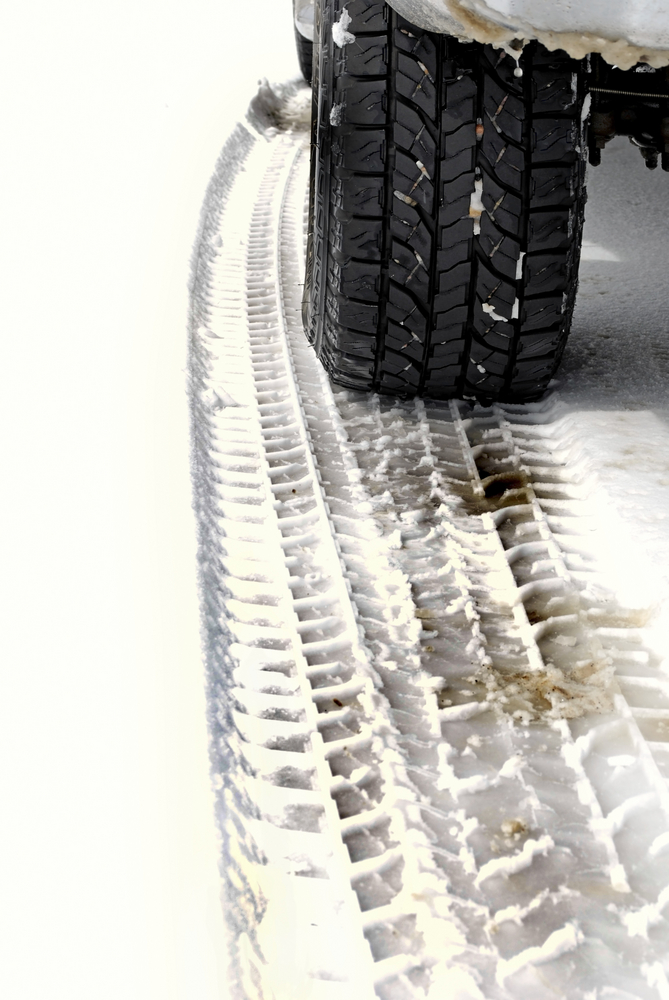
As a result, it turns out that at high positive temperatures, winter tires will wear out faster than summer tires.
That is why it is impossible for friends to create and make universal tires that would be suitable for use in a wide range of operation, both at negative and at positive temperatures. Therefore, tire manufacturers for each season use their own chemical composition of rubber, which provides tires with optimal performance in a certain temperature range. nine0005
By the way, it should be noted that even external factors do not affect this temperature range. For example, when driving in the rain with summer tires, the temperature range for optimal tire performance generally does not change.
Also, we all know that summer tires provide better grip when driving in the rain, and all thanks to their special tread, which allows you to remove excess water (moisture) from under the wheels, which in turn protects the car from hydroplaning in such a situation.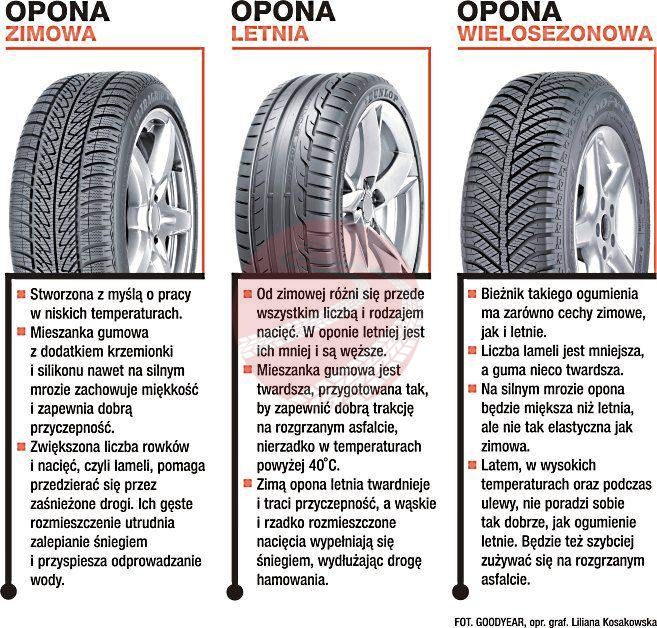 nine0005
nine0005
Among other things, the tread of summer tires has a special configuration that gives the car a certain grip at speed when cornering.
In general, the task of these summer tires is to provide the car with maximum grip on the road, both on dry pavement and on wet roads.
Unfortunately, winter tires have a different tread, which is designed specifically for driving on slippery road surfaces, on ice, and also on snow. nine0005
By the way, new winter tires have a deeper tread than the same new summer tires. This is necessary for them to more efficiently move through the snow.
Due to the depth of the tread, winter tires provide better grip on snowy surfaces when compared to summer tires, which inherently have a shallow tread unlike summer tires.
And last. Many winter tires are additionally equipped with spikes or zigzag grooves on top of the tread, this is done for better grip on ice. For example, the special tread surface of winter tires provides better grip on snow or ice. nine0005
nine0005
The seasonality of tires determines their structure and composition. Winter tires have an elastic base that does not tan, remains soft and retains traction at low temperatures. It allows you to comfortably drive a car on an icy road, calmly pick up speed and stop in a timely manner even on ice, with a minimum braking distance.
Today, tire manufacturers offer two types of tires that are suitable for use in the city and the region, can be installed on four-wheel drive, front or rear. These are classic studded and friction wheels, the so-called Velcro. Technological differences of tires allow you to choose a model for a different driving style and install it on a car of any class. What is better in winter in the city or in the region? - let's figure it out. nine0005
When choosing tires for the winter, keep in mind that the difference between studded and friction models is in studs, rubber compound composition, number and size of sipes, tread pattern.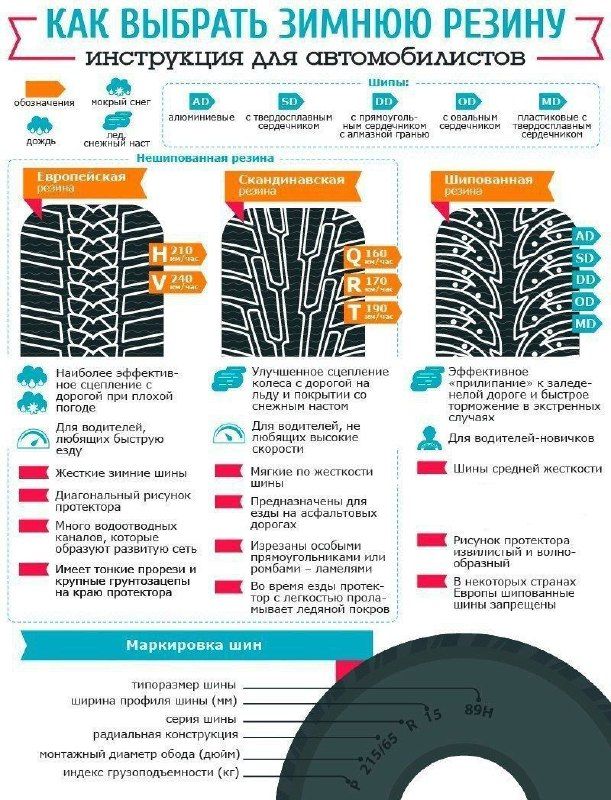 Therefore, it is wrong to think that studded tires are Velcro that has been studded. It follows that if the rubber has lost most of the studs, it cannot be considered Velcro, since the models have a different composition and tread pattern.
Therefore, it is wrong to think that studded tires are Velcro that has been studded. It follows that if the rubber has lost most of the studs, it cannot be considered Velcro, since the models have a different composition and tread pattern.
nine0005
Let's take a closer look at each type of tire:
Equipped with metal studs, suitable for driving on icy roads, guarantees optimal grip on any surface. It is effective on snow-covered surfaces, has a minimum braking distance. Today, the best manufacturers make front-wheel drive models, assemble kits for all-wheel drive and rear-wheel drive cars. Thanks to its elasticity and pattern, the tread confidently holds the road and does not wear out under heavy loads. nine0005
Before choosing tires, you need to decide which studs will suit your driving style and which pattern will provide good flotation in operating conditions. Metal cutters installed in the winter tread provide flotation on loose snow and dry ice.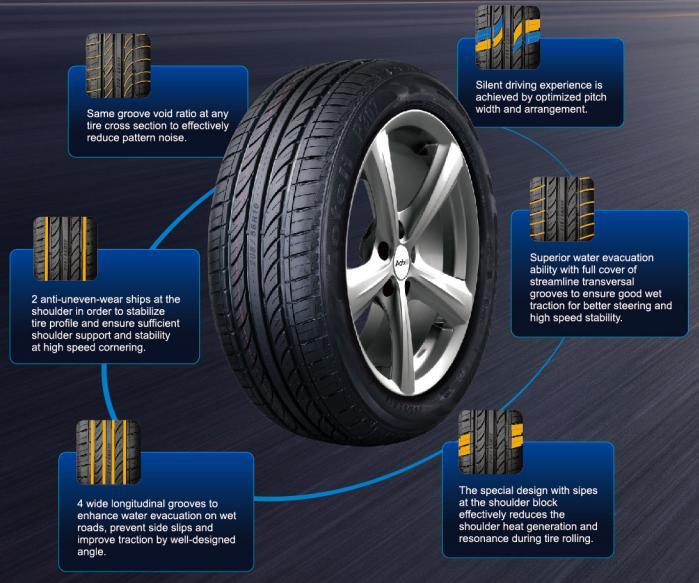 Therefore, such kits are suitable for motorists who live in the countryside or regularly travel to the region.
Therefore, such kits are suitable for motorists who live in the countryside or regularly travel to the region.
Selected rubber type does not have studs, but is suitable for winter use. The properties of the composition allow the use of Velcro at low temperatures. Even during severe frosts, the base of the tire does not lose elasticity. The best models have a fairly rigid base, soft and rounded side blocks. They provide good maneuverability on wet winter roads, minimal stopping distance, suitable for Moscow and the region. nine0005
The presence of pronounced sipes on the surface allows the Velcro to literally stick to an icy road or packed snow. The model has channels for water drainage, so aquaplaning is impossible with careful driving. Friction tires differ from rubber with spikes in properties that allow you to comfortably operate the car at zero temperature.
In order for studded tires to show their full potential and not lose metal cutters during operation, a new set needs to be run in.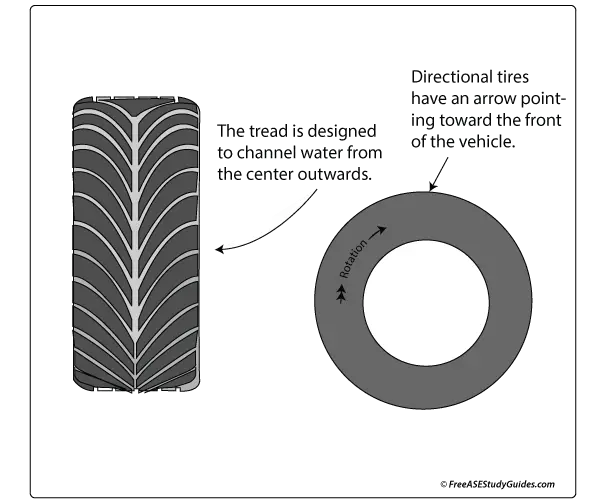 This is done before winter. It is enough to drive a few hundred kilometers in a quiet mode for the spike to fit into the groove. nine0005
This is done before winter. It is enough to drive a few hundred kilometers in a quiet mode for the spike to fit into the groove. nine0005
Winter
Tires Goodyear UltraGrip Cargo
Winter Drive Protection Sound Comfort
Rating:
4.5
Tires Goodyear UltraGrip Ice 2
Winter Drive Protection Sound Comfort
Rating:
4.5
Tires Goodyear UltraGrip Ice SUV
Winter Drive Protection
Rating:
4. 5
5
Tires Goodyear UltraGrip Ice +
Winter Drive Protection
Tires Goodyear UltraGrip Arctic 2
Winter Drive Protection Run On Flat
Rating:
4.5
Tires Goodyear UltraGrip Performance Gen-1
Winter Drive Protection Run On Flat
Rating:
4
Tires Goodyear UltraGrip Performance 2
Tires Goodyear UltraGrip Ice 2+
What are the advantages of studded tires:
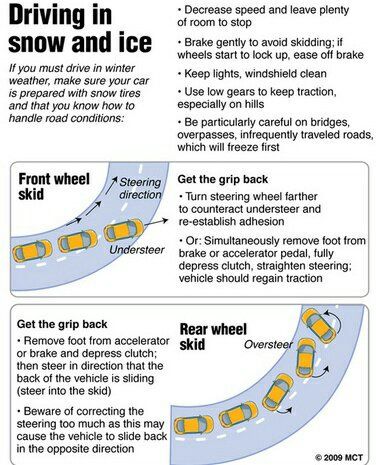 Studded models are best in class as they are suitable for rear and front wheel drive vehicles. They perfectly hold the road covered with an ice crust, provide maneuverability at high speed. The difference in composition allows you to use it for trips on loose snow or in severe frost. nine0064
Studded models are best in class as they are suitable for rear and front wheel drive vehicles. They perfectly hold the road covered with an ice crust, provide maneuverability at high speed. The difference in composition allows you to use it for trips on loose snow or in severe frost. nine0064 Since even the best models have disadvantages, let's dwell on the disadvantages of studded tires. Due to the structure of the spike, which is located just above the tread, tires make additional noise when driving on asphalt. Despite the difference in traction on ice, on asphalt surfaces, rubber with a stud loses to Velcro, as the cutters wear out during operation.
Despite the difference in traction on ice, on asphalt surfaces, rubber with a stud loses to Velcro, as the cutters wear out during operation.
The best features of the model:
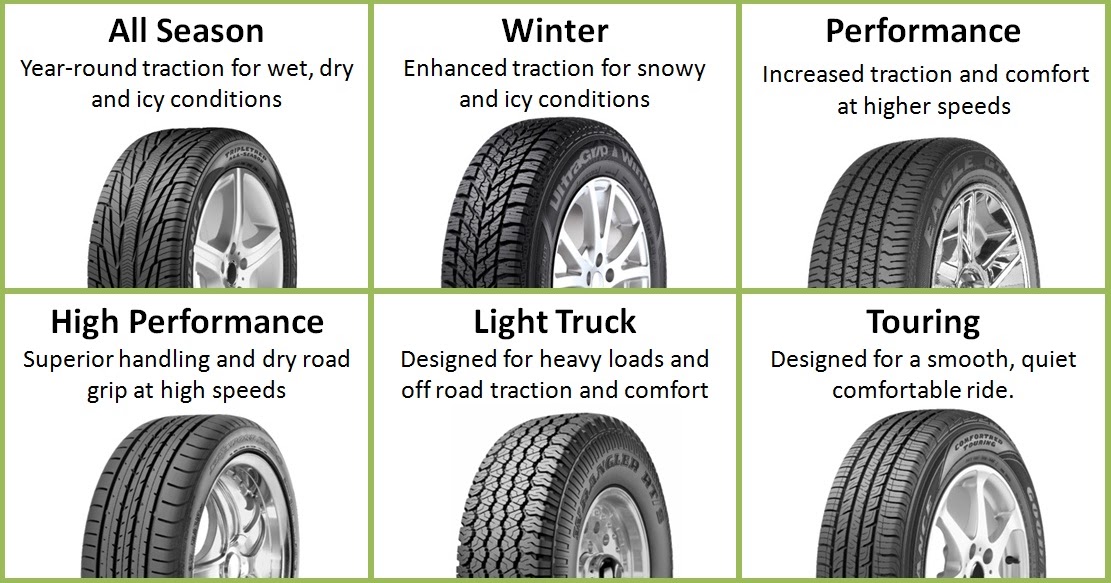 This feature reduces the braking distance.
This feature reduces the braking distance. Noting the advantages of Velcro, let's take a closer look at the disadvantages. Friction tires do not have good grip on icy roads, and are inferior in this indicator to studded models. Therefore, during a skid, it will be more difficult for the car to find a hold. Velcro slips on an icy road when braking, which increases the stopping distance. The lack of a good grip makes it difficult to start moving - the car slips and slips if it climbs a steep hill. nine0005
When choosing tires for a car for the winter, you need to focus on the climate. If a rear-wheel drive type of transmission is used in a climate where there is a lot of snow, it is better to install studded tires. They will have better grip on the road, help to overcome loose snow. If the car has front or four-wheel drive and is operated in the south, then Velcro will be enough.
If a rear-wheel drive type of transmission is used in a climate where there is a lot of snow, it is better to install studded tires. They will have better grip on the road, help to overcome loose snow. If the car has front or four-wheel drive and is operated in the south, then Velcro will be enough.
It is worth additionally considering the surface on which you have to move more often. For residents of the city, the choice in favor of friction tires is obvious, since recently in winter there has been little snow and the roads are mostly paved. The effectiveness of spikes under such conditions will not be shown. nine0005
When studying the best tire models, a car enthusiast needs to evaluate personal driving experience. When choosing Velcro, the driver must be confident in his abilities that he will keep the car in the lane in any difficult situation. If the motorist is inexperienced, it is better to install studded tires. An additional factor in the choice may be the drive of the car.